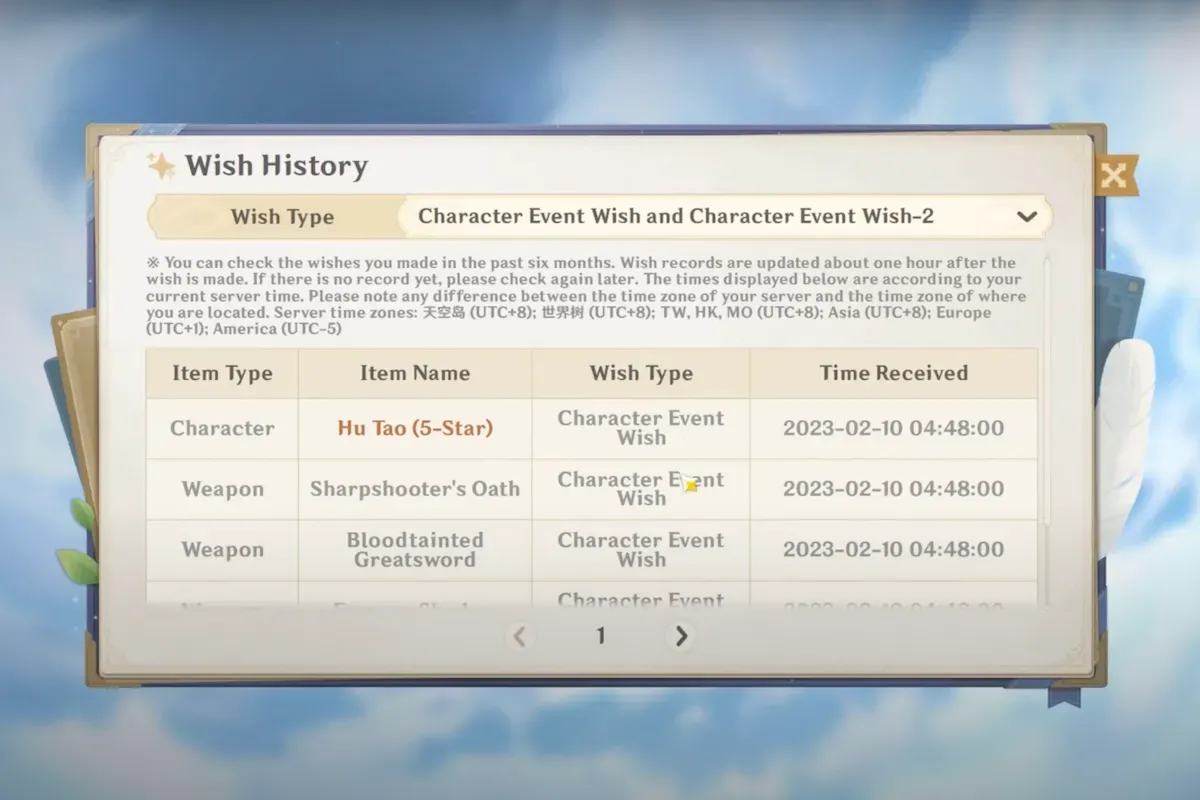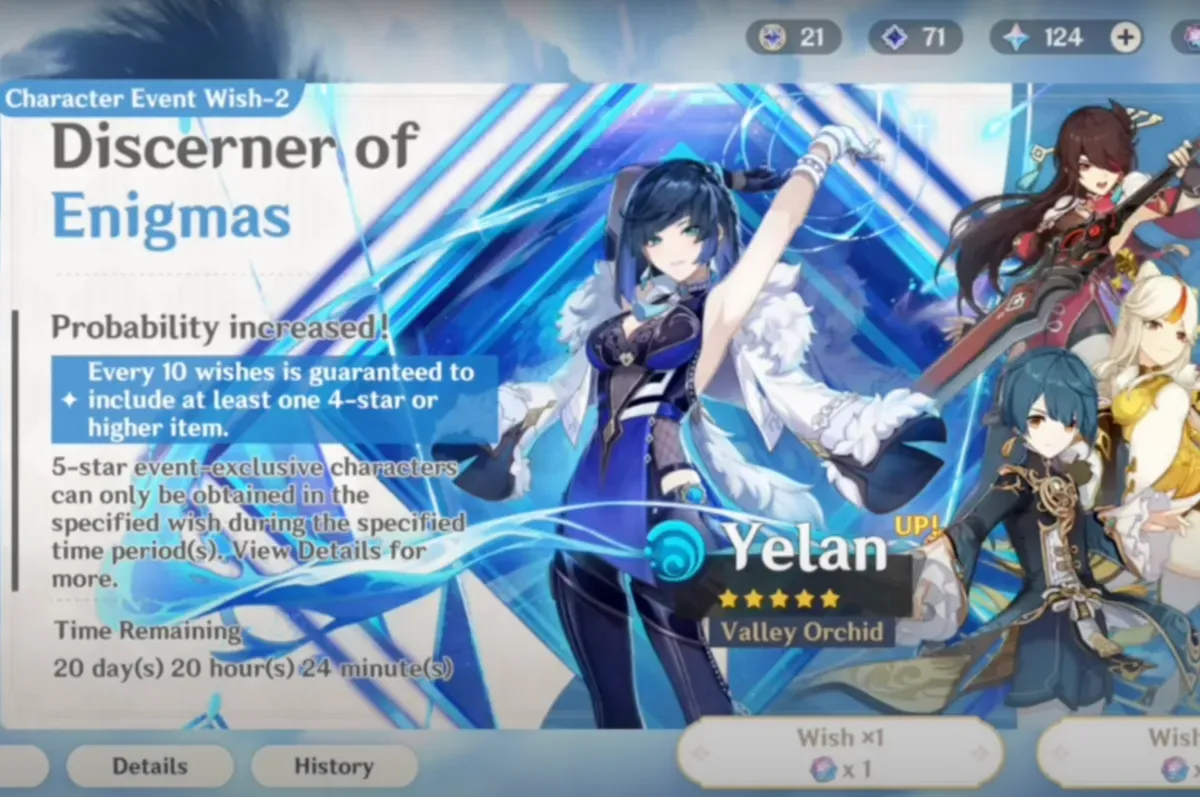Does Pity Reset Between Banners? (And Other Gacha Myths Debunked)
Gacha games thrive on ambiguity. Between rate-up percentages, pity thresholds, and rotating banners, even seasoned players end up guessing how things actually work. This article breaks down the most common misunderstandings around pity systems — and what’s really happening under the hood.
If you’re looking to estimate your odds or plan smarter pulls, tools like Gacha Calculator can help. But first, let’s clear up the biggest myths.
Myth #1 – “Pity Resets When the Banner Changes”
Reality: It depends on the game — and the type of banner.
In most gacha games, pity is tied to specific banner types, not to individual events. For example:
-
Genshin Impact:
Limited character banners share pity between reruns. If you pull 70 times on a limited banner and it ends, the next limited banner continues from 70.
However, the standard banner has a completely separate pity pool. -
Honkai: Star Rail:
Works similarly to Genshin. Limited banners retain their pity across character reruns, while standard and Light Cone (weapon) banners each track pity separately. -
Fate/Grand Order (FGO):
Only recently introduced hard pity (330 pulls), but pity resets per banner — and there’s no shared system between events. -
Blue Archive:
Does not feature true hard pity. Some banners offer guaranteed units after a certain threshold, but it resets per banner unless otherwise stated.
The myth exists because game UIs often don’t make pity progression visible — and some players assume all progress is wiped with each new release. In reality, pity mechanics are more persistent than they seem — but only within the same banner category.

Myth #2 – “If I Don’t Get the Rate-Up, My Next Pull Is Guaranteed”
Reality: That’s only true in systems with a built-in 50/50 fail protection — and not all games offer that.
In Genshin Impact, if you lose the 50/50 and receive an off-banner 5-star character, your next 5-star from a limited banner is guaranteed to be the featured unit. This is a defining feature of the system — and part of what makes the rate-up feel fairer over time.
However, other games work differently:
- Honkai: Star Rail uses the same 50/50 guarantee system.
- FGO has no such mechanic. Every pull is independent, and no soft or hard fallback to ensure rate-up acquisition.
- Arknights has a soft pity ramp-up but no guarantee after a failed rate-up.
This myth persists because players confuse soft pity or increased chance over time with a fixed “you’ll get it next time” mechanic — which isn’t universal.

Myth #3 – “Soft Pity Means My Next Pull Will Hit”
Reality: Soft pity improves your odds, but doesn’t promise anything.
In most systems with soft pity, your chance to pull a high-rarity unit increases gradually after a certain point. For example, in Genshin:
- 5-star base drop rate: 0.6%
- Soft pity starts around pull 75
- The drop rate ramp quickly until hard pity at 90, where a 5-star is guaranteed
So if you’re at 78 pulls, you’re more likely to pull a 5-star — but not guaranteed. This probability ramp is where luck and math collide: some players pull early, some hit hard pity, and others fall somewhere in between.
To see how soft pity curves affect your chances, you can simulate different scenarios using probability tools — or just know that the ramp is real, but not a guarantee.
Myth #4 – “All Banners Share the Same Pity Count”
Reality: Most games separate pity across banner types.
This is one of the most common misunderstandings — especially when switching between character and weapon banners.
- In Genshin, the character banner, weapon banner, and standard banner each have their own pity pool.
- In Honkai: Star Rail, character and Light Cone banners track pity separately.
- In Blue Archive, pity (to the extent it exists) is not carried across banners at all.
Even if two banners look similar, their mechanics can differ. Always treat new banners as independent unless explicitly confirmed otherwise by official patch notes or developer statements.
Why These Myths Stick Around
Gacha games aren’t designed to be transparent. In many cases:
- The pity system isn’t surfaced in the UI
- Details vary not just between games, but between banner types within the same game
- The community often passes down information inconsistently — especially between global and JP servers
- Players tend to assume patterns or fairness based on anecdotal results (gambler’s fallacy, hot-hand fallacy, etc.)
Even veteran players can get caught off guard by subtle variations between games. The complexity is often the point — and confusion helps drive more pulls.
We break down how gacha games are designed to exploit that confusion — and why players keep pulling — in our guide to the psychology behind gacha systems.
How to Actually Track and Estimate Your Pulls
Knowing your pity count and how it applies to your current banner is the single most important edge you can give yourself. Whether you’re saving currency, planning for a rerun, or recovering from a failed 50/50, the math matters.
Conclusion
Most gacha systems are engineered to feel fair without actually being transparent. Knowing what resets, what carries over, and what “soft pity” really means can save you both disappointment and wasted resources.
If you want to calculate your odds or plan your pulls more precisely, try the Gacha Calculator here